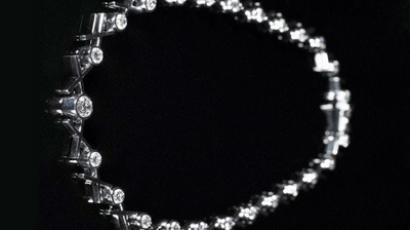Luxury in a tumbler

Spirits are forever, diamonds are whatever: expensive alcohol makes up about 45% of the Russian market in luxury goods, according to the research, carried out by the McKinsley consulting group.
The report points out, the consumption pattern in Russia is unique: after costly drinks, fancy clothes make the second largest share on the Russian luxury market. As for jewelry, watches and gadgets, they take a tiny 3%.By comparison, in India jewelry and watches make up 76% of the local luxury market, in China and Brazil – 51% and 17% respectively, Vedomosti daily reports.The definition “luxurious” is amplified to drinks costing more than $80 per bottle and watches and jewelry pieces costing more than $700.Experts agree, wealthy Russians have a different view on spending money. Also only 6% of Russia’s population, who have income about 60,000 euros per year, are considered to be consumers of luxury goods, according to McKinsey.Besides that, many of them prefer to buy luxury stuff abroad as prices in Russia are 15-13% higher. According to the data, prepared by shopping tourism company Global Blue, Russians are ranked number two in retail spending around the world, the Chinese take the first place in shopping abroad. The emerging markets are supporting global growth of luxury goods as Western countries steadily slide into recession. The Russian luxury market has grown 13% a year in the last 6 years, while the global growth was about 4% in 2011.













